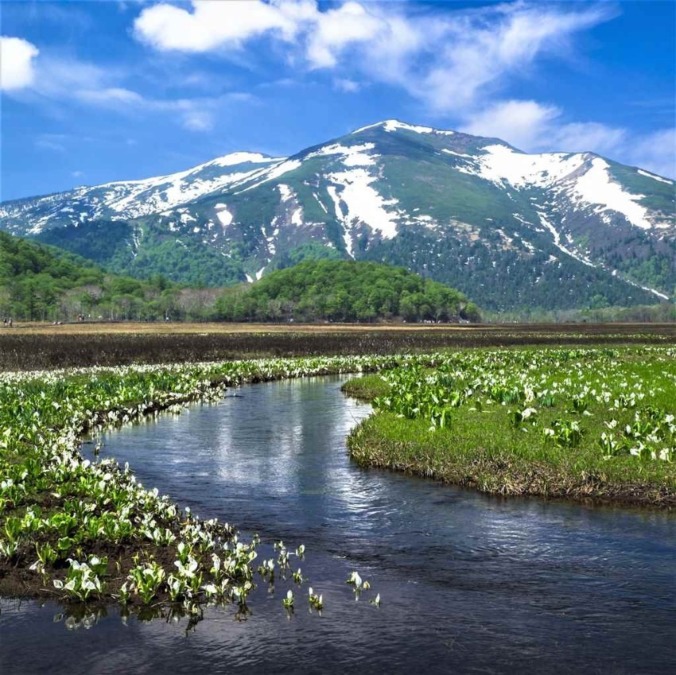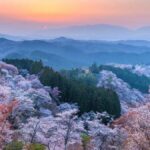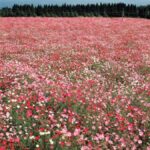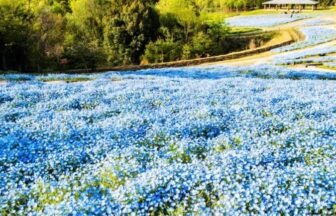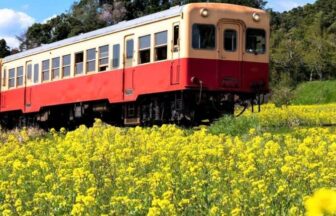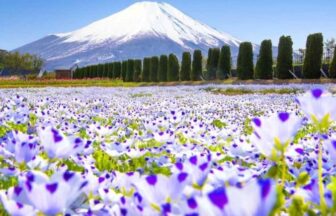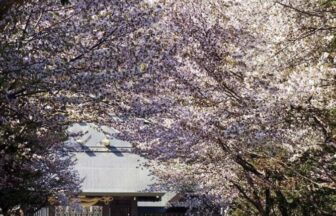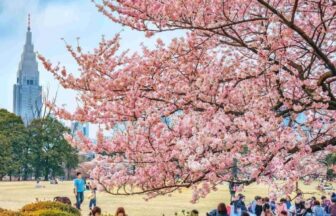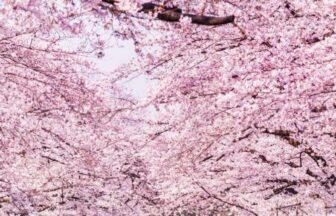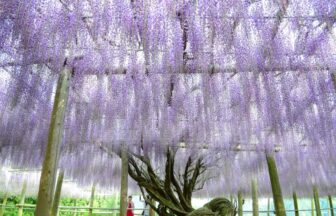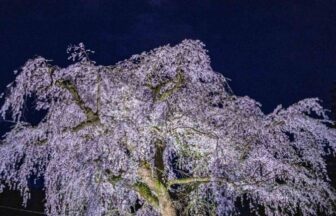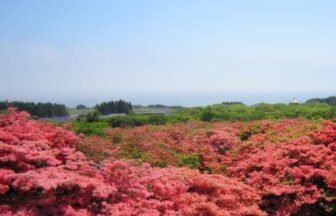Oze National Park
Information
MAP
Basic information
Please note that the information and photos provided here might be outdated, so always confirm before your visit.
| Address | Togura, Katashina-mura, Tone-gun, Gunma 378-0411 |
| Access | There are many routes to Oze, but a direct bus from Shinjuku in Tokyo will take you to Oshimizu, the entrance to the trail, in about 5 hours. Oze is a mountainous area, so be sure to do careful research before you go. |
| Website | Japanese Website English Website Chinese Website (simplified) Chinese website (Traditional) Korean Website |
| Recommended flowers | Skunk cabbage: end of May – beginning of June |
| Highlights | Oze is a marshland spreading over a mountainous area at an altitude of 1,400 meters in the northern Kanto region of Japan, and is designated as a national park. In this marshland (Ozegahara), beautiful alpine plants can be seen from spring to autumn. Especially popular are the white skunk cabbages that spread over the marshland from the end of May to the beginning of June. |
Photos
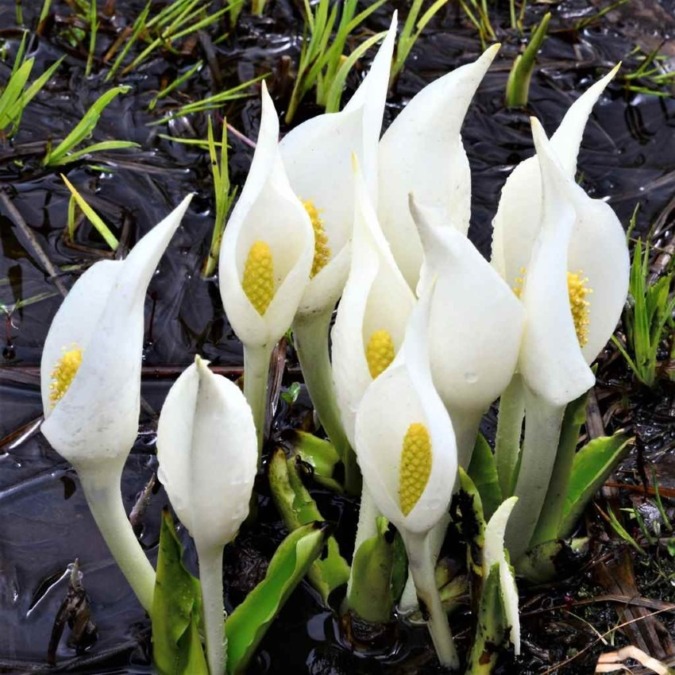
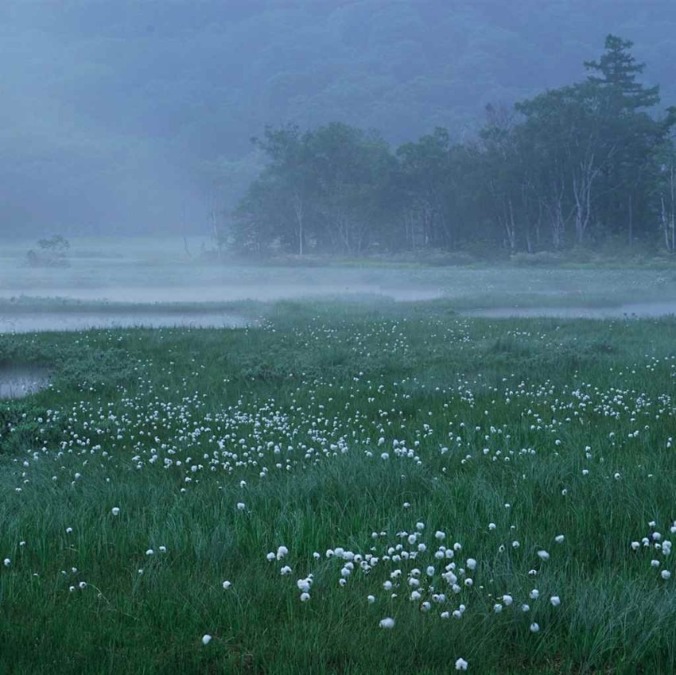


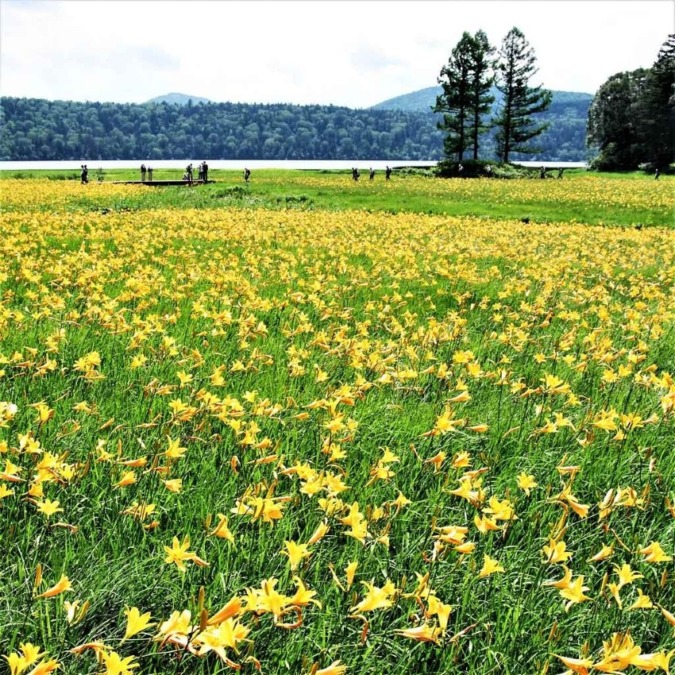
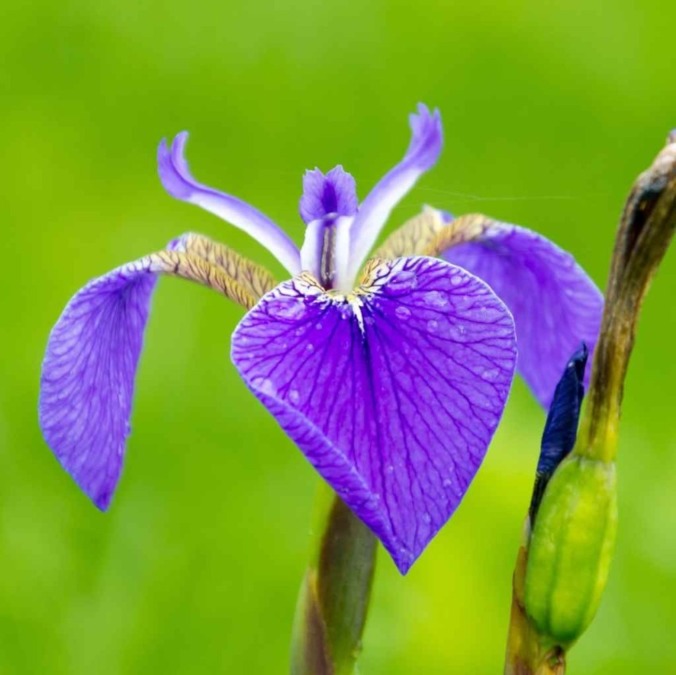

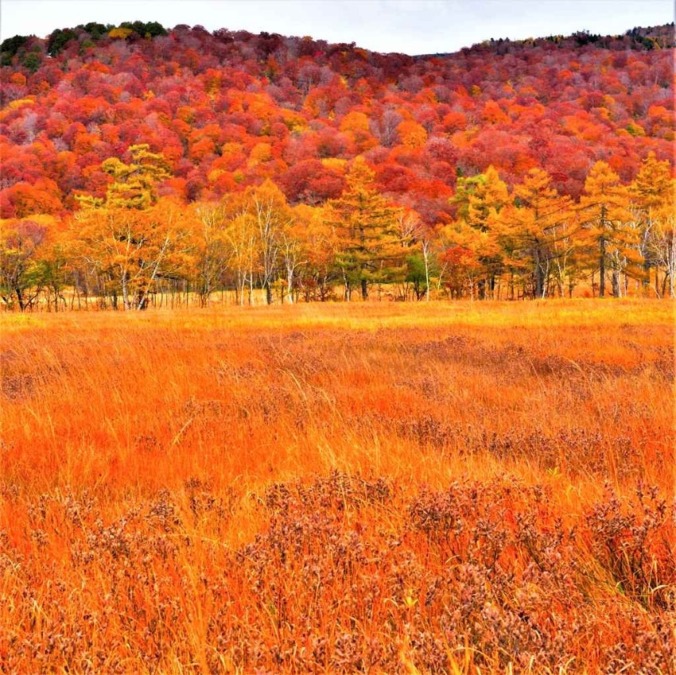
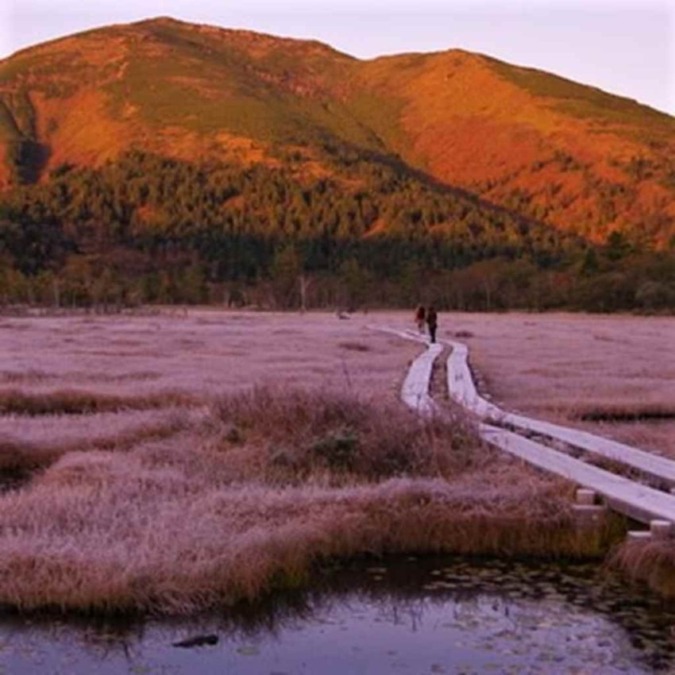
Guide to Enjoyment
Introduction to Oze
Spanning an impressive 372 square kilometers, Oze National Park comprises various ecosystems, from wetlands to high mountains. It’s a favorite destination for nature lovers and hikers, offering well-maintained boardwalks and trails that wind through its picturesque landscapes.
Flora and Fauna of Oze
Oze’s flora and fauna are its primary attractions, showcasing the region’s biodiversity and the changing tapestry of seasons.
Mizubasho (Japanese Skunk Cabbage)
Spring’s White Blooms
– From late May to early June, the wetlands of Oze are adorned with the elegant white flowers of Mizubasho. These water lilies create a dreamy landscape, juxtaposed against the park’s greenery.
Alpine Plants of Summer
Colorful Array
– As summer arrives, Oze’s highlands come alive with a myriad of alpine plants, from delicate pink azaleas to vibrant yellow daylilies, offering a kaleidoscope of colors.
Visitor’s Guide
Reaching Oze
Various access points lead to Oze, with bus services operating from nearby train stations. The most common entry points are Hatomachi Pass and Oshimizu.
Hiking and Exploration
Boardwalk Trails
– The park features wooden boardwalks that protect the fragile ecosystems while providing hikers with safe paths. These trails, such as the one leading to the Ozegahara Marshland, offer stunning views of the surroundings.
Mountain Climbing
– For those seeking more challenging treks, peaks like Mount Hiuchigatake offer thrilling climbs and panoramic vistas.
Nearby Attractions
Ozenuma Pond
– A serene pond reflecting the surrounding mountains, it’s a popular spot for relaxation and photography.
Local Hot Springs
– After a day of exploration, visitors can unwind in nearby onsen towns like Tokura or Hinoemata.
